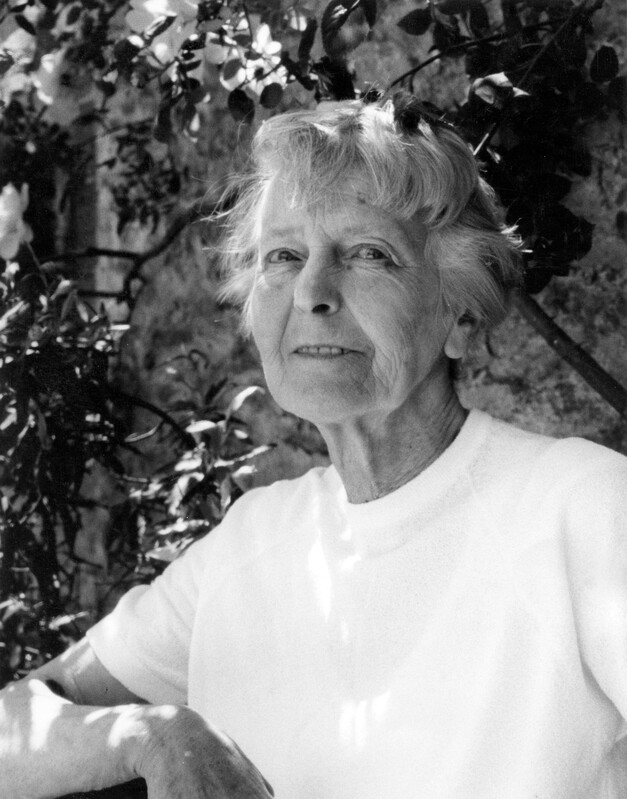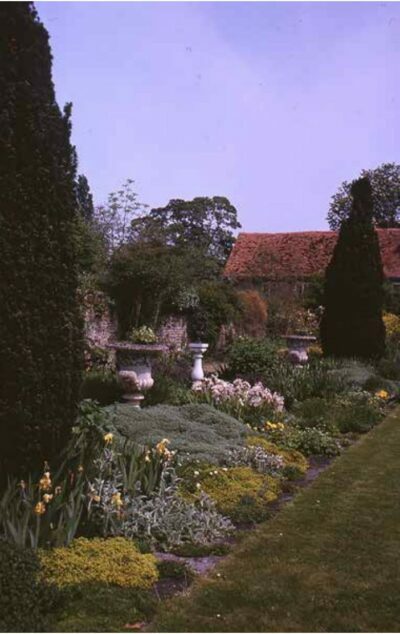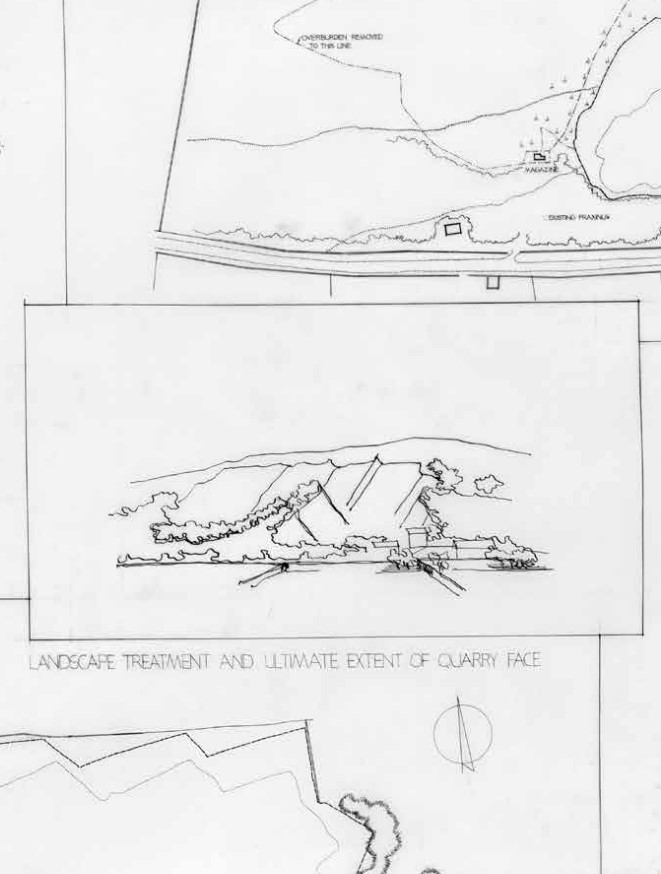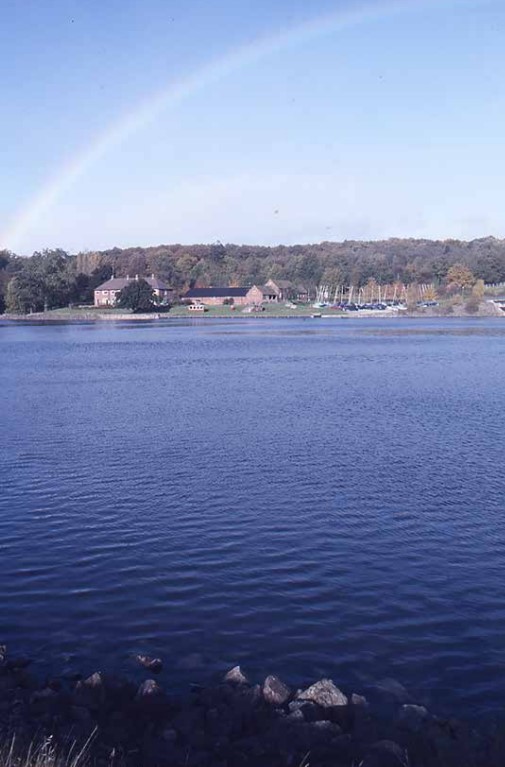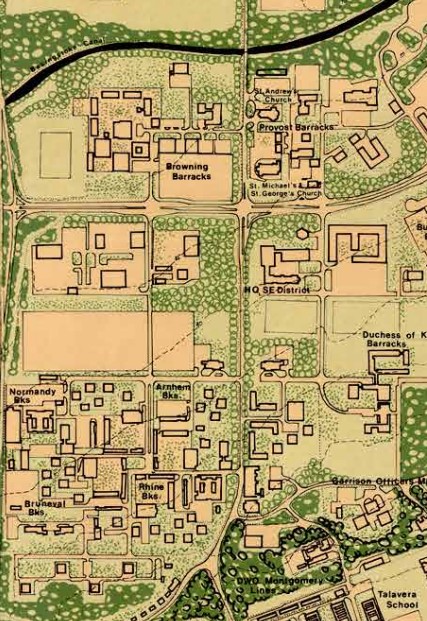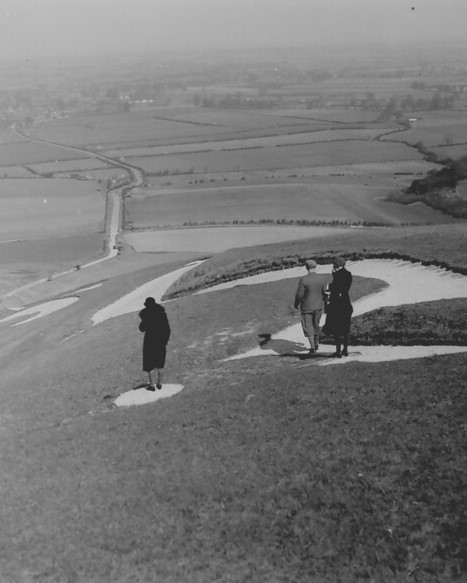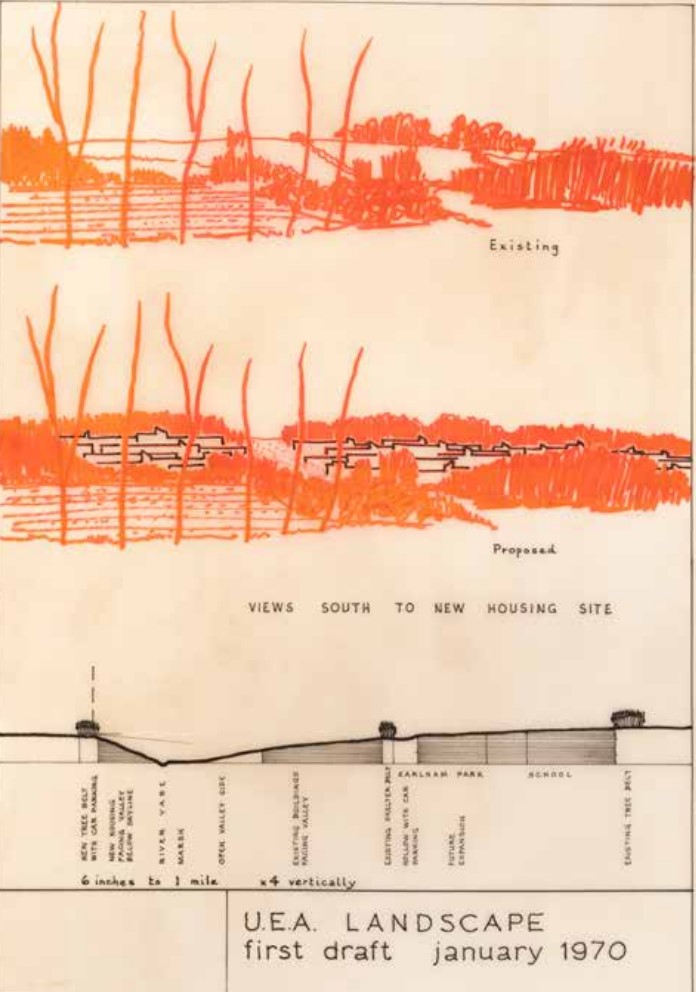Women of the Welfare Landscape
One hundred years ago, in 1922, before gaining the right to vote, 25-year-old Brenda Colvin decided to start her own independent garden design business. Her practice – today Colvin & Moggridge – is the longest-running landscape firm in the country. Once described as ‘wildly eccentric’ and run by a ‘Polish Countess who needed to live in a constant state of high-drama’, Colvin’s office has been at the forefront of finding new ways of working to preserve our landscapes and to tackle what we call today the climate and biodiversity emergency.
This exhibition aims to give a flavour of the variety of projects they designed between the start of the business in 1922 and Colvin’s death in 1981. Selecting a limited number of examples from a hugely rich and varied portfolio is never easy. Our curatorial principle was to show the variety of typologies and scales, to show how Colvin’s practice can exemplify the changing profile of the profession of landscape architecture in the post-Second World War period, and to show designs that prove the continuity of ideas and working principles in her collaboration with Hal Moggridge and the practice’s history.
The decades between the foundation of the practice and Colvin’s death have seen fundamental changes not just in the legal context of planning and landscape architecture, but also the way women participated in a variety of professions and in society in general. They played a crucial role in the development of landscape architecture, and Colvin was a prominent leader of this development as a designer, campaigner, author, educator and driving force in the Institute of Landscape Architects (today the Landscape Institute).
As Hal Moggridge, Brenda Colvin’s business partner from 1969, asserted, ‘landscape design is a co-operative undertaking’. This collaborative nature of the profession sometimes leads to one – or more – of the partners being overlooked in historical accounts. But landscape architecture is arguably also much broader than just design. Policy, theory, and education all play a key role in the creation of successful landscapes, and actors in these areas are also often ‘not-seen’, due to a focus on the designs and built projects.
While showcasing the many aspects of Colvin’s landscape projects, we also aimed to introduce other female professionals with whom she collaborated and whose achievements have so far been overlooked. As with the selection of projects that are represented here, we could only include a small selection of these remarkable individuals, but the guiding principle was the same: showing the different faces of female praxis in landscape architecture and its crucial contribution to the profession.
This exhibition is part of the Women of the Welfare Landscape project, supported by the Arts and Humanities Research Council. During the project we aim to delve deeper into some of the questions discussed in this exhibition. We hope to understand the legacy of landscape architecture in the post-Second World War period, and the contribution women made to it. We would welcome any comments, information, memories, or images you might have. Please do get in touch with us via email at merl@reading.ac.uk – we would love to hear from you!
